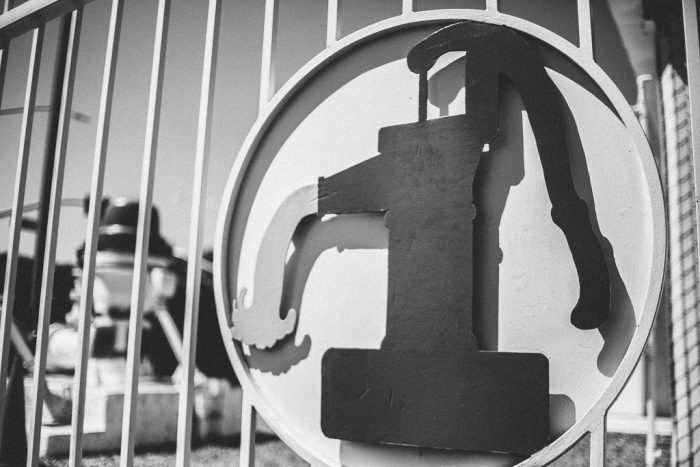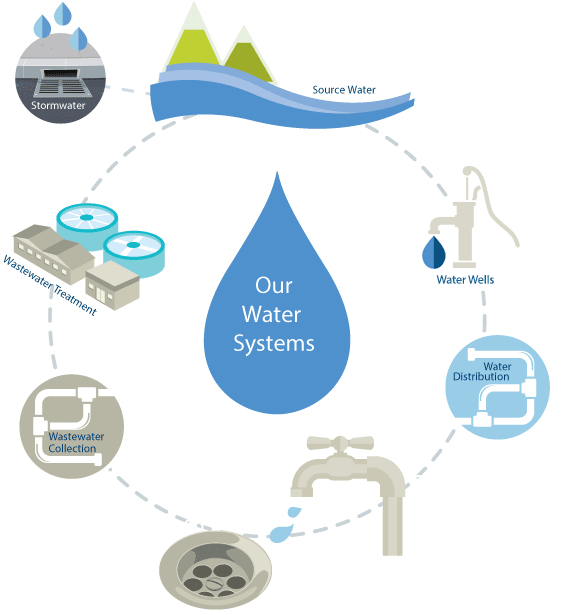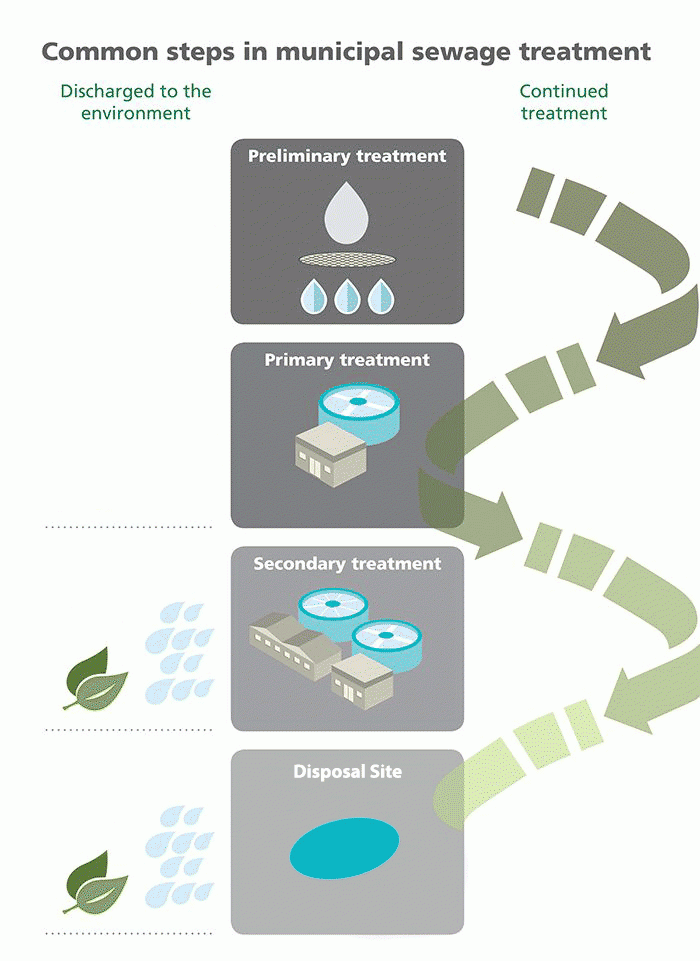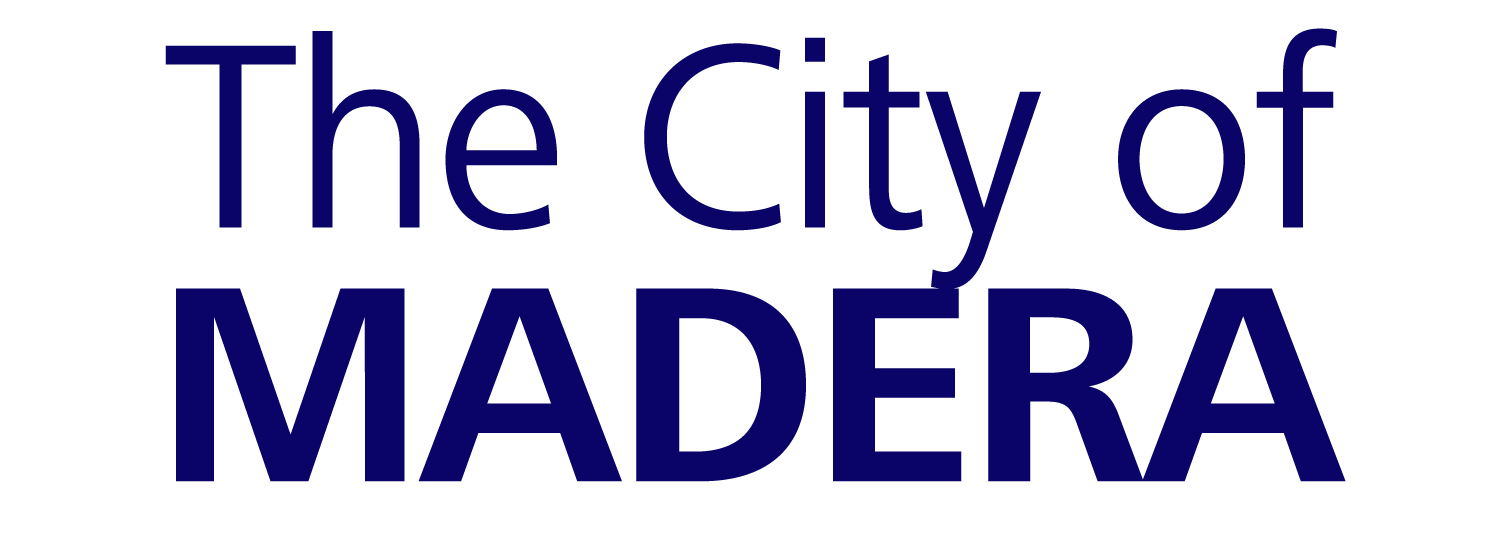Municipal Water Systems

Water is a renewable resource provided naturally through the earth’s water cycle in the form of precipitation. While nature provides the water, most of us rely on a complex municipal system—including pipes, pumps, equipment, and people—to deliver clean water to our taps and safely remove used water from our homes and businesses.
Five Key Stages in Our Municipal Water System
- Source water – Underground aquifers that supply our water, replenished by rain and melting snow.
- Water distribution systems – The network of pipes and pumps that deliver clean water to our taps. Madera has over 187 miles of underground water pipes.
- Wastewater collection systems – Pipes and pumps that remove used water from toilets, sinks, and drains. Madera has more than 176 miles of municipal sewer lines.
- Wastewater treatment – Processes that remove contaminants from wastewater before it is released into the environment.
- Stormwater systems – Infrastructure that channels rainwater and snowmelt away from properties and into natural waterways. Madera has over 45 miles of stormwater piping.

Water Systems
Where does our water come from?
100% of the water supplied by the City of Madera comes from underground aquifers, also known as groundwater sources.
How does water get from the source to our taps?
Water is pumped from underground sources and delivered to homes and businesses through large pipes called water mains—typically buried beneath roads and sidewalks. These mains and pumping facilities are maintained by the City and funded through water rates.
Smaller pipes, called water lines, carry water from mains to individual properties. These are the responsibility of the property owner.
How do we know our water is safe to drink?
Water in municipal systems must meet strict state water quality standards. It is tested regularly to ensure it is safe to drink.
Sewer Systems
Where does our water go?
Most homes and businesses in Madera rely on the municipal sewer system to carry away used water. This wastewater is pumped to treatment facilities where it undergoes a series of processes before being safely released into the environment.
Common Steps in Municipal Sewage Treatment:
- Preliminary treatment
- Removes grit such as sand, coffee grounds, and eggshells from raw sewage.
- Primary treatment
- Sewage is held temporarily so solids can settle and oil and grease can float. These materials are then removed.
- Secondary treatment
- Removes dissolved and suspended organic matter. 100% of municipal sewage in Madera receives all three levels of treatment before it is discharged.

Stormwater Systems
Stormwater is generated from rain and melting snow. In natural environments, much of this water soaks into the ground or flows into nearby streams and rivers. In urban areas, however, sealed surfaces like roads and buildings prevent absorption.
To prevent flooding, stormwater is directed into storm drains and carried through underground pipes to local lakes, rivers, or the ocean. Unlike wastewater, stormwater is not treated before being released into the environment. This means that contaminants like oil, trash, or chemicals can flow into natural waterways, impacting human health, wildlife, and ecosystems.
Contact Us
Madera City Hall
205 W 4th Street
Madera, CA 93637
Hours:
Monday - Friday
8:00am - 5:00pm
Sign up to our Newsletter
Stay up to date on the city's activities, events, programs and operations by subscribing to our eNewsletters.
